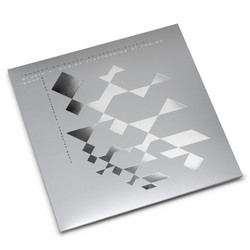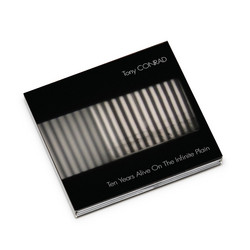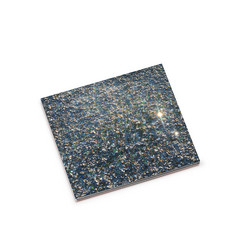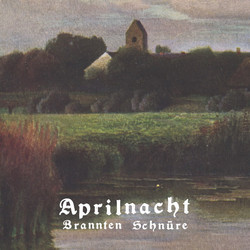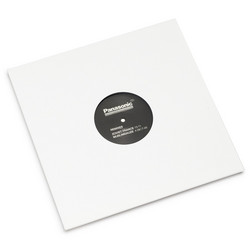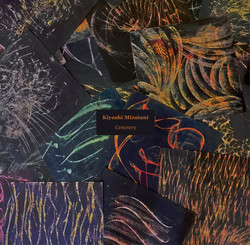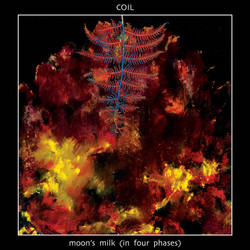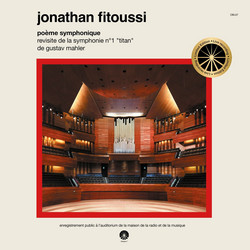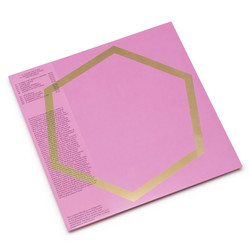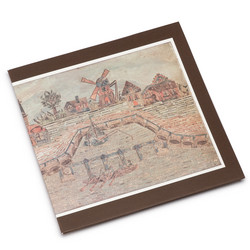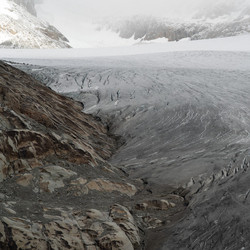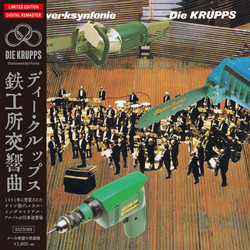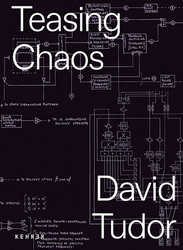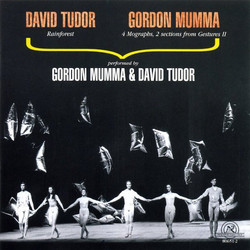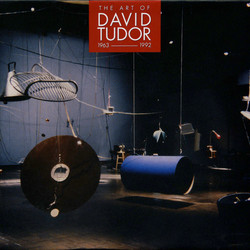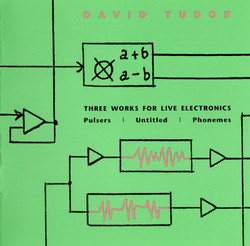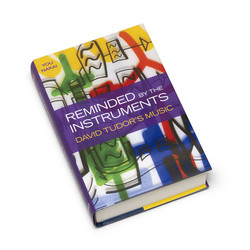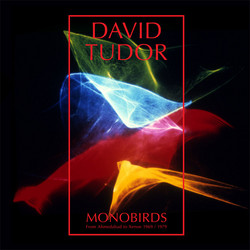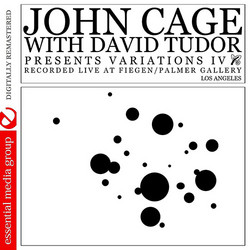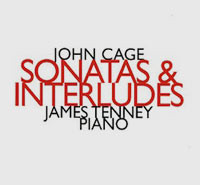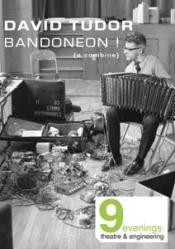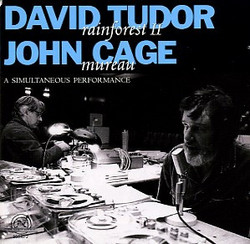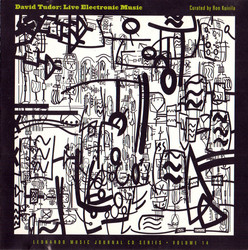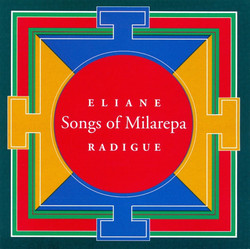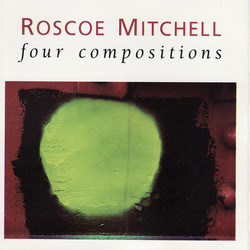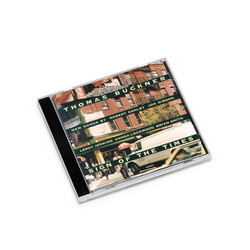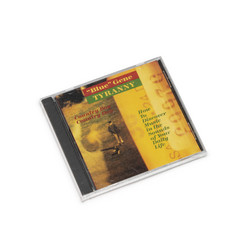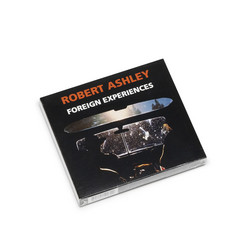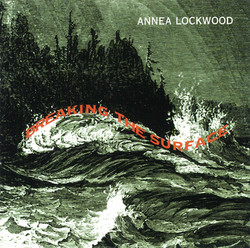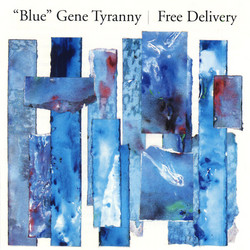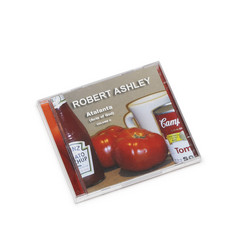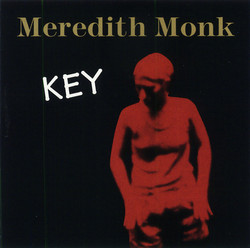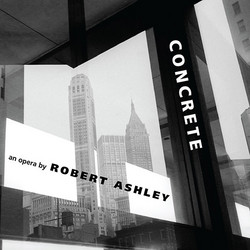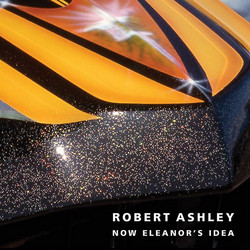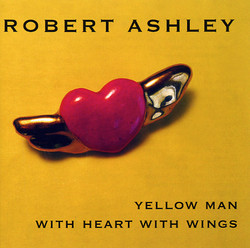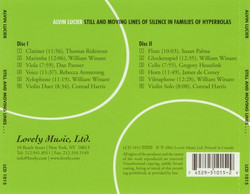1995 release. Neural Synthesis Nos. 6-9 combines the art of music, the engineering of electronics, and the inspiration of biology. In it, David Tudor orchestrates electronic sound in ways analogous to our biological bodies' orchestration of consciousness. The performance originates from a neural-network synthesizer conceived and built especially for Tudor. He surrounds this synthesizer with his own unique collection of electronic devices, and in the recording on this CD made for headphone playback, he uses a new binaural technique for translating sound into out-of-head localizations in which sound seems to originate from specific, changing points within a space around the listener. Performed by David Tudor; produced and recorded by David Tudor and John D.S. Adams. Binaural and stereo mixes on two CDs.
David Tudor’s Neural Synthesis recordings are derived from an original score entitled Neural Network Plus. This piece was composed for and is performed by two musicians utilizing a 16-channel sound system with loudspeakers distributed throughout the performance space. The speakers are placed so that the performers can use the acoustic space as a musical tool. Producing a stereo recording of a piece like Neural Synthesis poses a challenge: how does one record and present this music without losing its musical and sonic integrity. Tudor’s music needs to be experienced by the listener in a way other than using the conventional two speaker stereo format.
A standard stereo recording presents music as a sound stage with a width limited by the separation of the speakers. (There are processes available that can expand the stereo image, however they pose strict listening constraints). Binaural recordings use the usual stereo format but with play-back over headphones, which allows spatial localizations encompassing a 360 degree circumference around the listener’s head. Sonically, the listener can perceive being in a space whether it be real, like the actual room in which it was recorded, or artificial, using electronic means to stimulate an environment. In this recording, David Tudor wished to utilize this technology to best represent all of the features of his music.
Neumann U87 microphones were placed on each of the 4 speakers oriented near the corners of the room. A stereo ambient microphone (Pearl TL-4) was placed in the middle of the room above a Sennheiser binaural head outfitted with Sony ECM-5 microphones. In addition, the direct signal from each of Tudor’s four mixer outputs was fed into the studio control room. Each of these signals were recorded onto 12 independent tracks of a Sony 3324 digital multi-track recorder.
Half hour performances were recorded without interruption allowing Tudor to formulate his material as he would in a live situation. A total of six “takes” were recorded onto the multi-track recorder.
Initially Tudor’s mix idea was to overlay two of the performance takes to essentially double the density of the musical material. He examined what musical material was used in each take and made decisions as to what takes would work well together, both musically and sonically. Upon experimentation he found that by simply overlaying one take with the other yielded an overly dense texture. Instead of simply combining two full mixes at equal level, one take was assigned the principal performance and mixed in its entirety. The second take was used only to embellish the principal mix.
In the stereo mix the principal mix was played back while the take chosen as the embellishing material was simultaneously mixed down. The secondary material was manipulated in response to what was happening in the principal mix, essentially rendering it a tertiary performance but with already performed material. Time delay-phasing techniques were used in the mixing process to create out-of-speaker localization effects dependent on where in the listening environment the listener resides.
In the binaural mix, the principal take was mixed down utilizing primarily the encoded tracks derived from the binaural head. This time, however, selected segments from the embellishing take were chosen for their interesting qualities and were in turn processed by 3-Space, a 3D localization algorithm. These segments were placed within the context of the principal mix so as not to disrupt its continuity
In both the binaural and the stereo mixes the material was combined digitally using a hard disk based work station.
— John D.S. Adams, New York
In its design for live performance, Neural Synthesis relies upon an overlaying process exposing different levels of the source material. For this recording it was necessary to establish this process from the very beginning by utilizing multitrack technology. Successive performances were recorded and then mixed together enabling the exposure of different aspects of the material using varied modifiers.
It is the sum, the overlaying of the successive performances which establishes and defines the compositional process. As these recorded performances were approached as a compositional process, this is also how it needs to be listened to.
— David Tudor, Stony Point, NY

